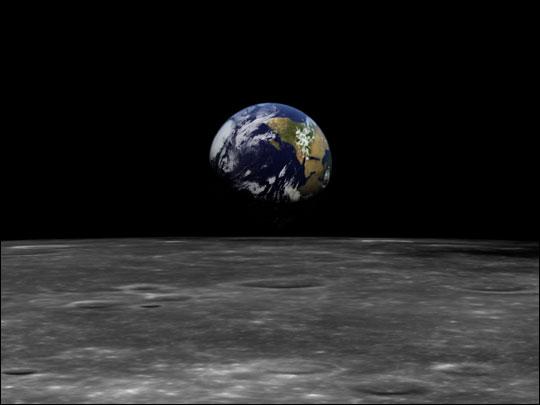As you may have heard, NASA has released the first images of James Webb Space Telescope on June 12, 2022, showing the deepest and sharpest infrared image of the distant universe to date. Known as Webb’s First Deep Field, this image of galaxy cluster SMACS 0723 is overflowing with detail. Thousands of galaxies – including the faintest objects ever observed in the infrared – have appeared in Webb’s view for the first time. This slice of the vast universe covers a patch of sky approximately the size of a grain of sand held at arm’s length by someone on the ground.

Let's back up for a second and see what it means to us, living on earth.
1) This is the Earth where we live.

NASA Goddard Space Flight Center Image / Via visibleearth.nasa.gov
2.And this is where you live in your neighborhood, the solar system!
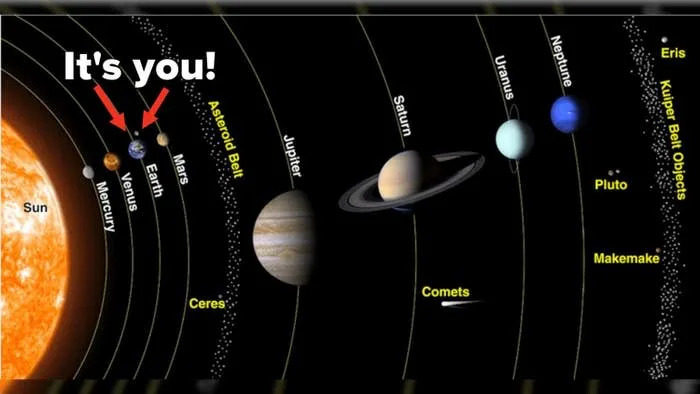
NASA's The Space Place
3.Here's the distance, to scale, between the Earth and the moon. Doesn't look too far, does it?

4. THINK AGAIN. Inside that distance you can fit every planet in our solar system, nice and neatly.
5.But let's talk about planets. That little green smudge is North America on Jupiter.

NASA / John Brady / Via Twitter: @Betelgeuse10
6.And here's the size of Earth (well, six Earths) compared with Saturn:

NASA / John Brady / Via Twitter: @Betelgeuse10
7.While I have you here, this is how many Earths can fit across the diameter of Jupiter:
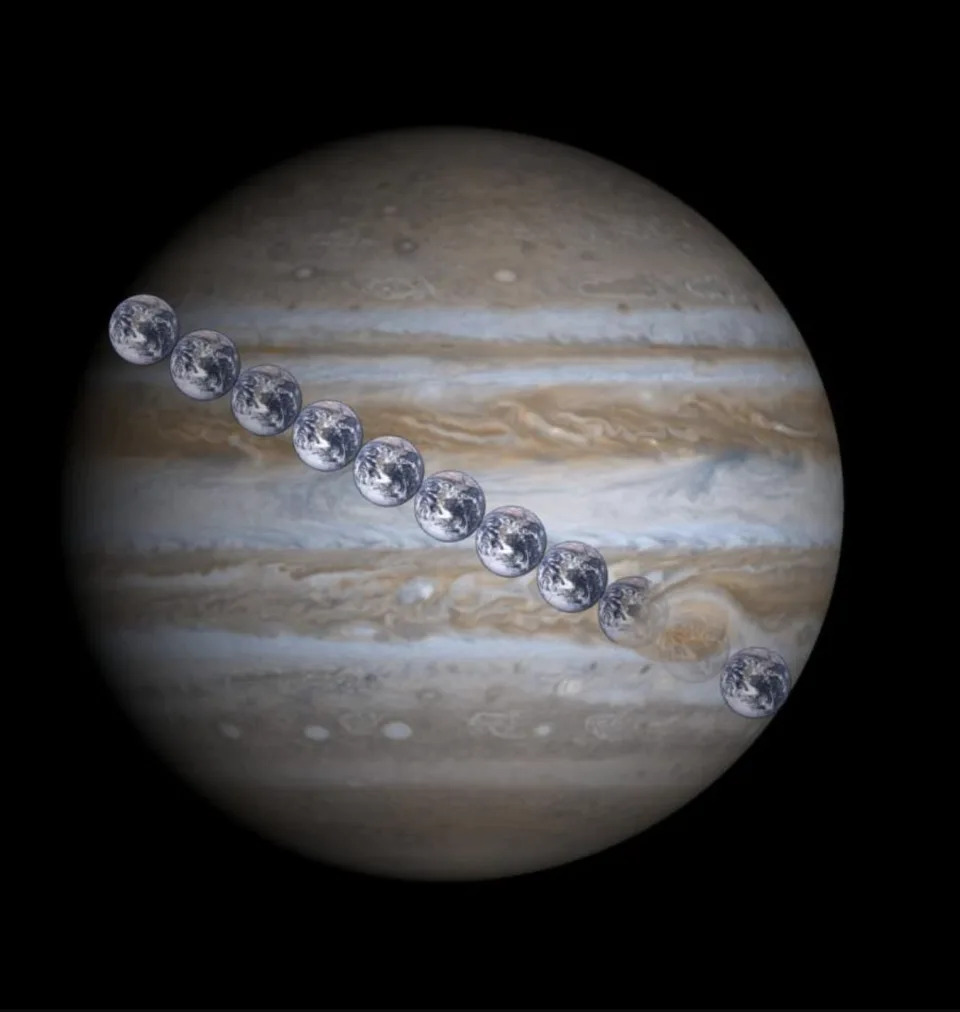
NASA/SDO/Goddard/Tdadamemd
8.And just for good measure, remember lovable little Pluto? We know what it looks like now!

NASA via Getty Images
9.We even have images of Pluto's surface:
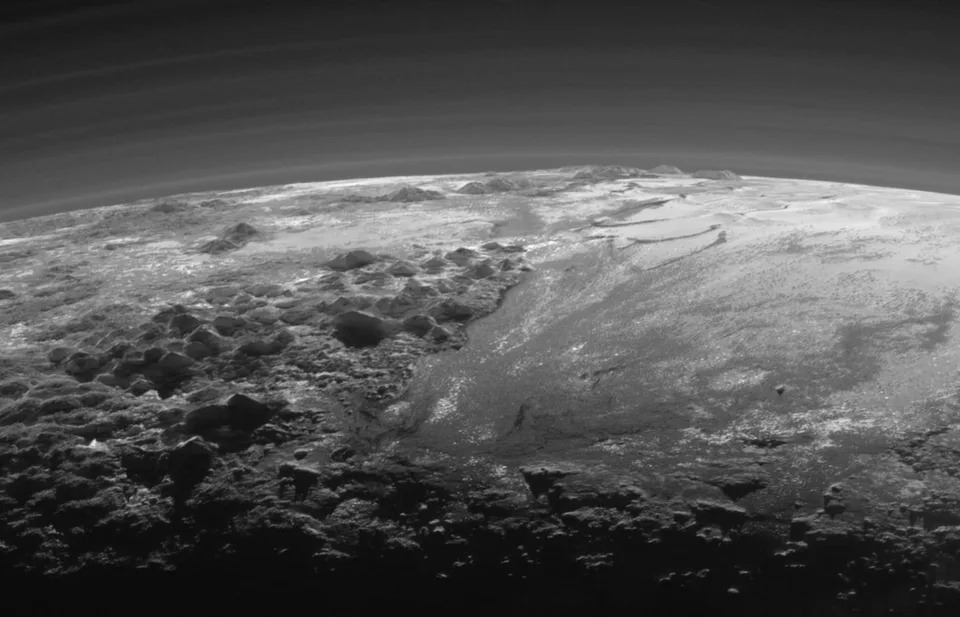
Wild.
NASA/JHUAPL/SwRI
10. But that's nothing compared to our sun. Just remember, you live on one of those BARELY visible dots to the right of the sun:
![r/space - I took a photo of every planet in our solar system and adjusted their size to show how huge our Sun is. Zoom in to see how tiny Earth is in comparison. [OC]](https://preview.redd.it/pa98pybbx4z31.jpg?width=960&crop=smart&auto=webp&s=f5ef2d0f1af3e83e9fc46c9a277d5e46281f74c1)
11. And you see that little black dot next to the sun? That's Mercury:

12.But let's talk about Earth. Here's Earth from the moon:

NASA
13.Here's Earth from Mars:

NASA/JPL-Caltech/MSSS/TAMU
14.Here's Mars from Earth:
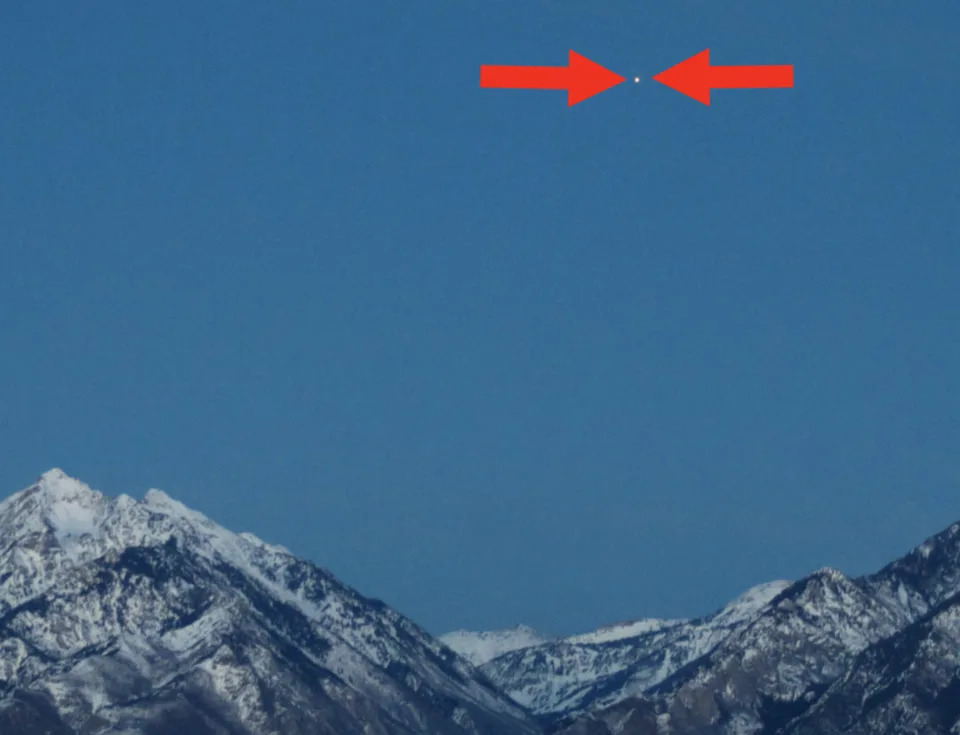
Bill Dunford / Via solarsystem.nasa.gov
15.Here's Earth from just behind Saturn's rings:
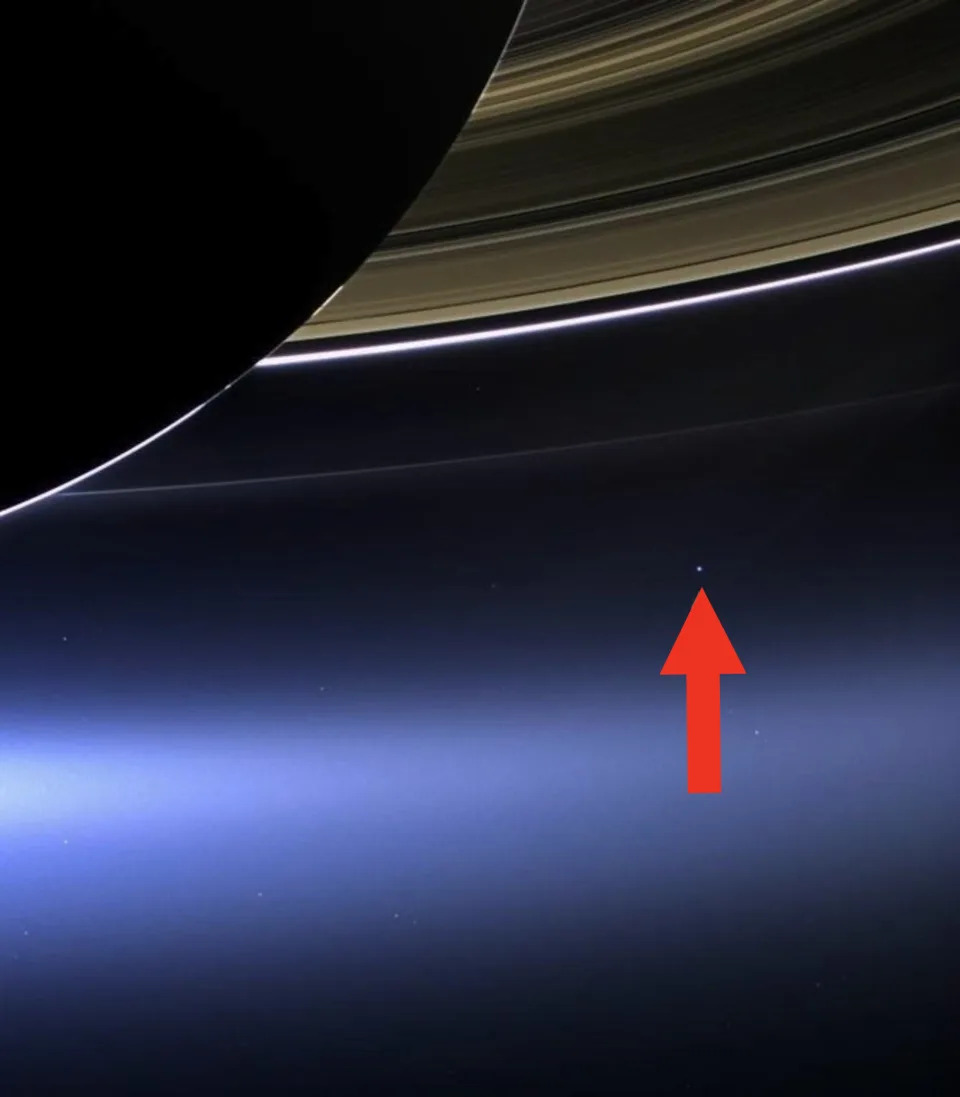
NASA/JPL-Caltech/Space Science Institute
16.And here's Earth from just beyond Neptune, 4 billion miles away.

To paraphrase the big man Carl Sagan, everyone and everything you have ever known exists on that little speck.
NASA/JPL-Caltech
17.Let's step back a bit. Here's the size of Earth compared with the size of our sun. Terrifying, right?

The sun doesn't even fit in the image.
John Brady / Via Twitter: @Betelgeuse10
18.Here's that same sun from the surface of Mars:
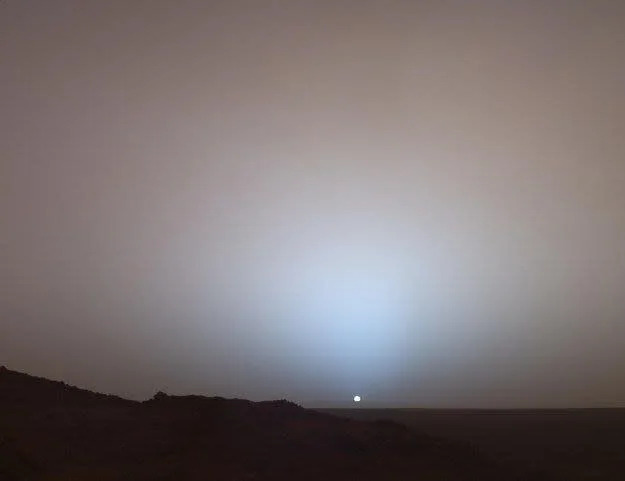
NASA/JPL-Caltech/Texas A&M/Cornell
19. And here's the size of a black hole compared to our solar system:

20.But that's nothing. Again, as Carl once mused, there are more stars in space than there are grains of sand on every beach on Earth:
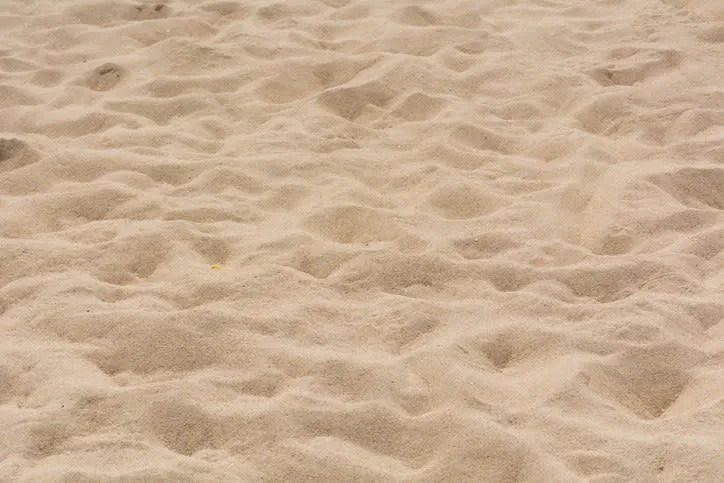
Getty Images
21. Which means that there are ones much, much bigger than our little puny sun. Just look at how tiny and insignificant our sun is compared to VY Canis Majoris, one of the biggest stars we know of (1,000,000,000 times bigger than our sun):
Our sun probably gets its lunch money stolen.
22.But none of those compares to the size of a galaxy. In fact, if you shrank the sun down to the size of a white blood cell and shrunk the Milky Way galaxy down using the same scale, the Milky Way would be the size of the United States:
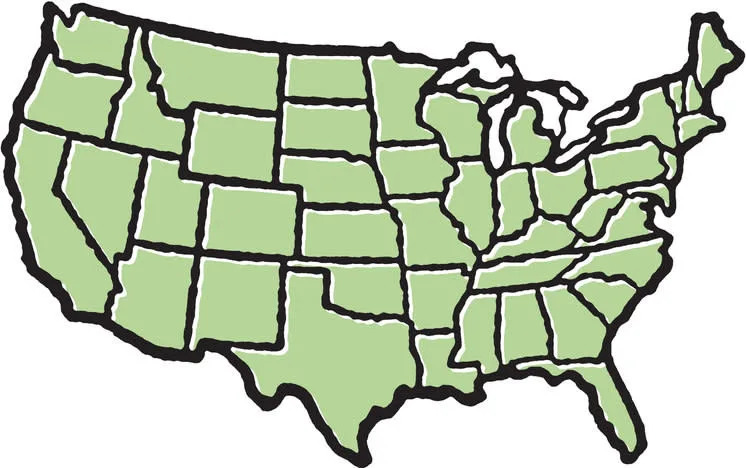
Getty Images
23.That's because the Milky Way galaxy is huge. This is where you live inside there:
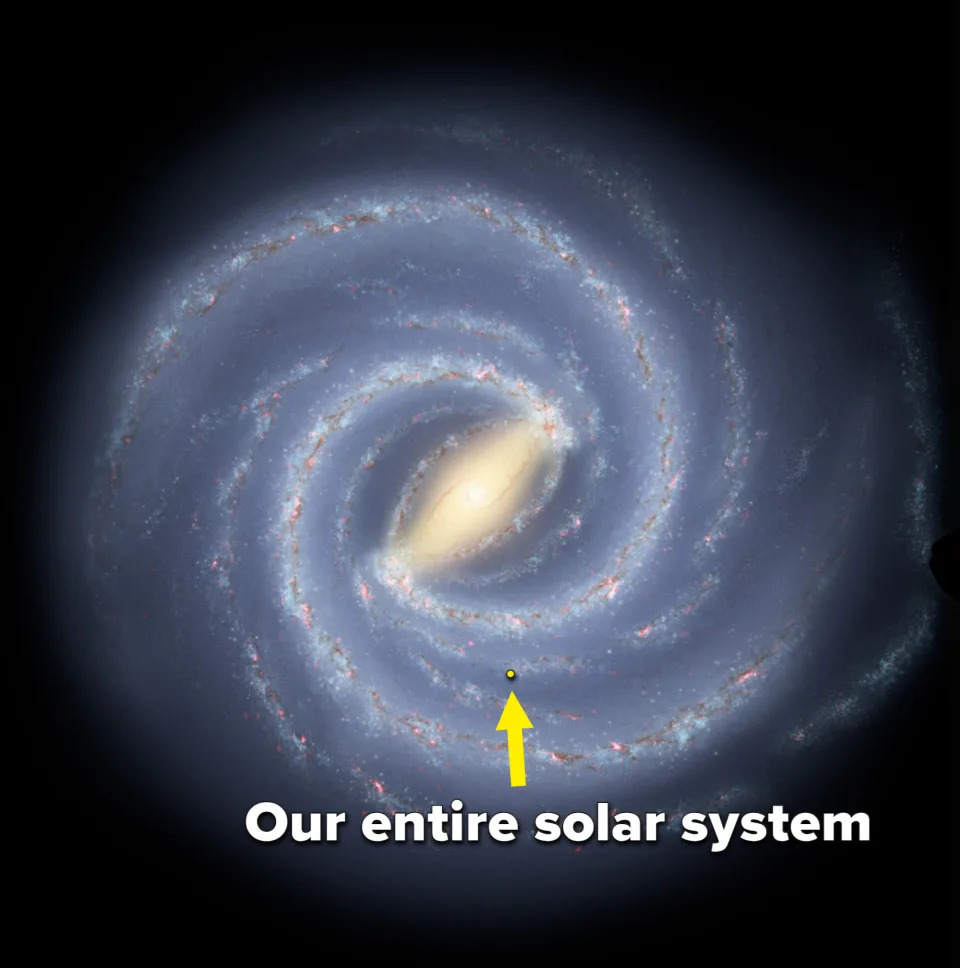
NASA / JPL-Caltech / R. Hurt
By the way, the Milky Way is about 100,000 light-years across:
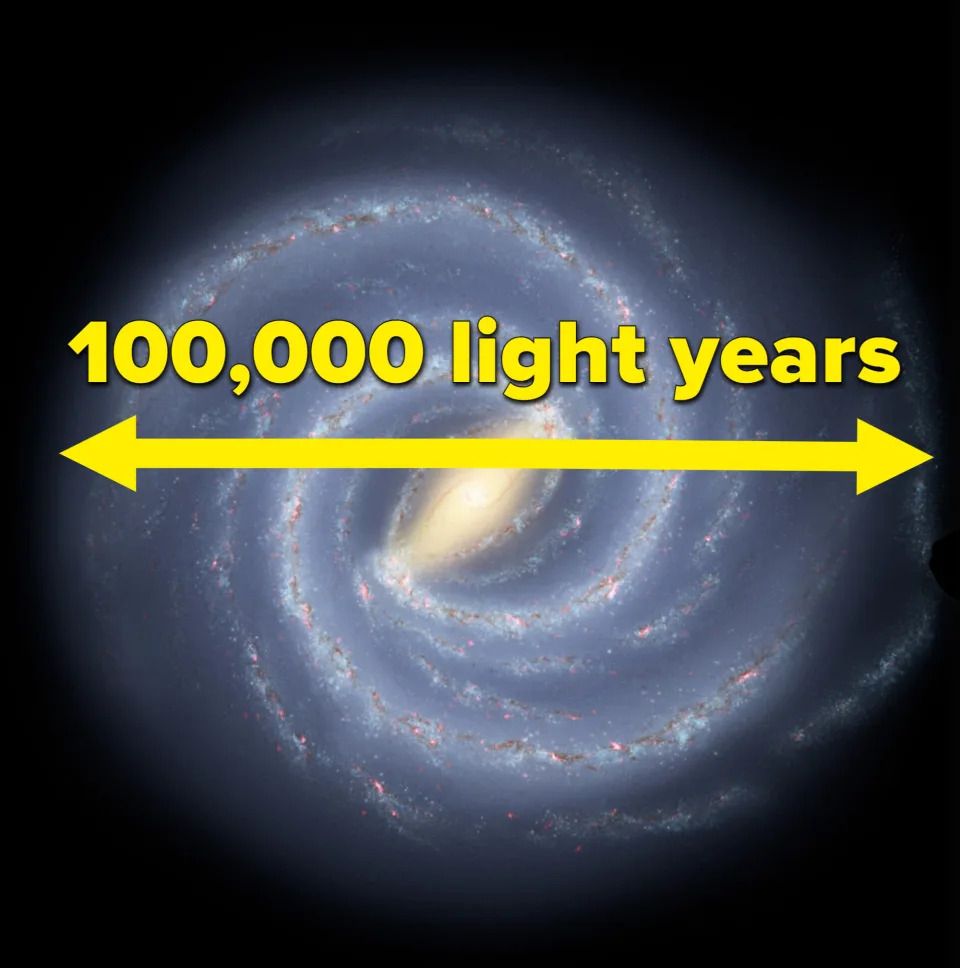
NASA / JPL-Caltech / R. Hurt
24.But even our galaxy is a little runt compared with some others. Here's the Milky Way compared to IC 1011, 350 million light-years away from Earth:

Just THINK about all that could be inside there.
25.But let's think bigger. Here's another picture with thousands and thousands of galaxies in it. This picture, taken by the Hubble Space Telescope, contains millions of stars, each with their own planets.

NASA / Via hubblesite.org
26.Here's one of the galaxies pictured, UDF 423. This galaxy is 10 BILLION light-years away. When you look at this picture, you are looking billions of years into the past.

Some of the other galaxies are thought to have formed only a few hundred million years AFTER the Big Bang.
NASA / Via wikisky.org
27.And just keep this in mind — that's a picture of a very small, small part of the universe. It's just an insignificant fraction of the night sky.

This is just for demonstration purposes, not an actual shot zoomed in.
Getty

 Change Language
Change Language